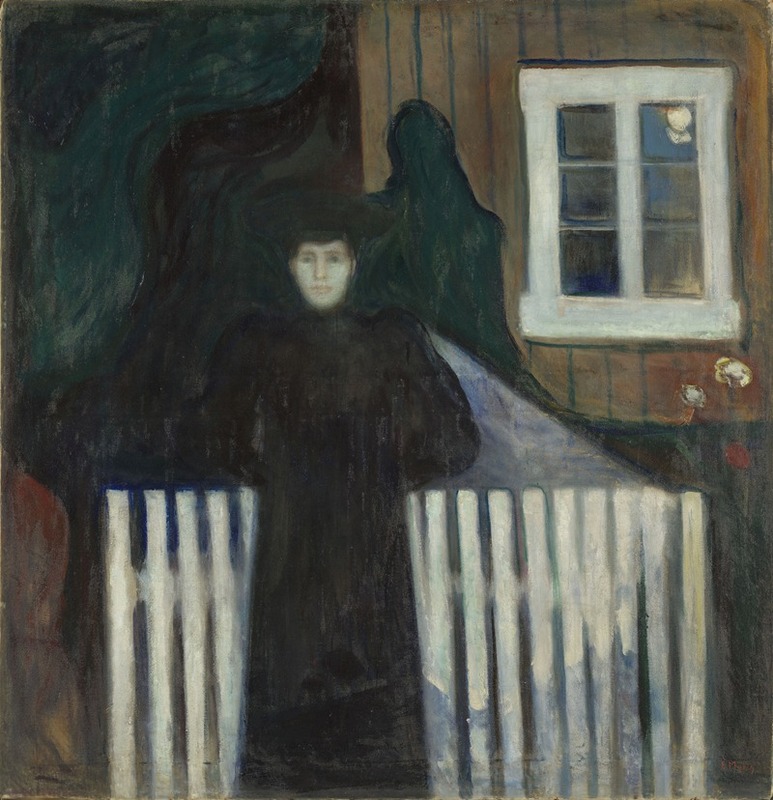
Moonlight
A hand-painted replica of Edvard Munch’s masterpiece Moonlight, meticulously crafted by professional artists to capture the true essence of the original. Each piece is created with museum-quality canvas and rare mineral pigments, carefully painted by experienced artists with delicate brushstrokes and rich, layered colors to perfectly recreate the texture of the original artwork. Unlike machine-printed reproductions, this hand-painted version brings the painting to life, infused with the artist’s emotions and skill in every stroke. Whether for personal collection or home decoration, it instantly elevates the artistic atmosphere of any space.
Edvard Munch, a Norwegian painter and printmaker, is renowned for his evocative and emotional works that often explore themes of existentialism and human psychology. One of his lesser-known works, "Moonlight," exemplifies his unique style and thematic preoccupations. Painted in 1893, "Moonlight" is part of Munch's exploration of the Symbolist movement, which sought to express the emotional and psychological states of the human experience through art.
"Moonlight" captures a serene yet haunting nocturnal scene, characterized by its use of color and light to evoke mood and emotion. The painting depicts a tranquil landscape bathed in the soft glow of moonlight, with a solitary figure standing near a body of water. The composition is marked by Munch's characteristic use of swirling lines and bold colors, which convey a sense of movement and emotional intensity. The moonlight casts an ethereal glow over the scene, creating a contrast between the dark, shadowy elements and the illuminated areas.
Munch's use of color in "Moonlight" is particularly noteworthy. He employs a palette of blues, greens, and purples to create a dreamlike atmosphere, while the moon itself is rendered in a pale yellow, providing a focal point that draws the viewer's eye. This use of color not only enhances the visual impact of the painting but also serves to underscore the emotional undercurrents present in the work. The interplay of light and shadow in the painting reflects Munch's interest in exploring the dualities of human experience, such as light and darkness, joy and sorrow, and presence and absence.
The solitary figure in "Moonlight" is a recurring motif in Munch's work, often representing themes of isolation, introspection, and longing. This figure, standing alone in the moonlit landscape, invites the viewer to contemplate the inner world of the subject, as well as their own emotional responses to the scene. Munch's ability to convey complex psychological states through his art is a hallmark of his style and has contributed to his lasting influence on modern art.
"Moonlight" is part of a broader body of work by Munch that delves into the human psyche and the existential questions that arise from it. His paintings often reflect his own personal experiences and struggles, including themes of love, anxiety, and mortality. Munch's exploration of these themes was influenced by his exposure to Symbolism and his interest in the writings of philosophers and psychologists of his time, such as Friedrich Nietzsche and Sigmund Freud.
While "Moonlight" may not be as widely recognized as some of Munch's other works, such as "The Scream," it remains an important piece within his oeuvre. It exemplifies his ability to blend naturalistic elements with symbolic content, creating a work that resonates on both a visual and emotional level. Munch's innovative approach to color, composition, and subject matter has cemented his place as a pivotal figure in the transition from 19th-century Symbolism to 20th-century Expressionism.
In summary, Edvard Munch's "Moonlight" is a compelling example of his artistic exploration of the human condition. Through his masterful use of color, light, and composition, Munch creates a painting that invites viewers to reflect on the complexities of emotion and existence. As with much of Munch's work, "Moonlight" continues to captivate audiences with its depth and emotional resonance, highlighting the enduring power of his artistic vision.





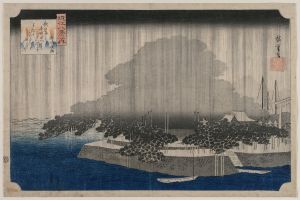
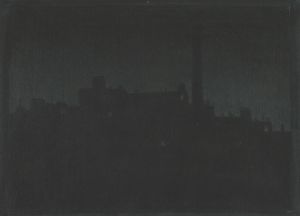
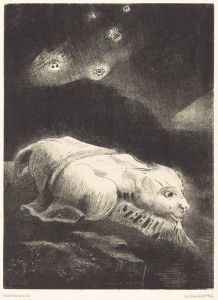
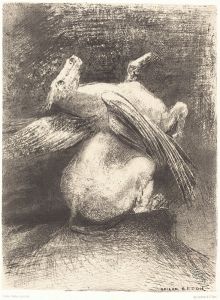

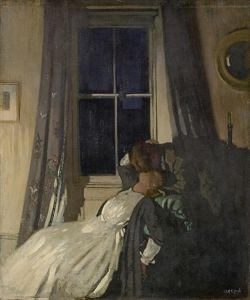

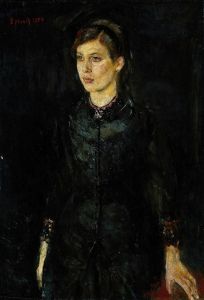
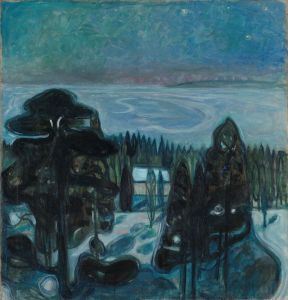
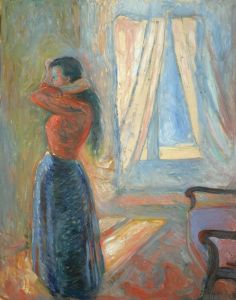
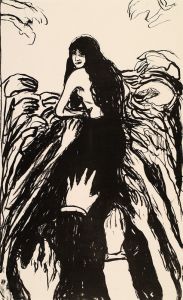
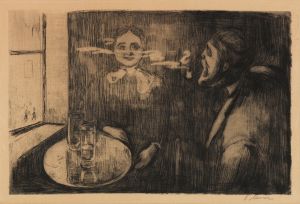
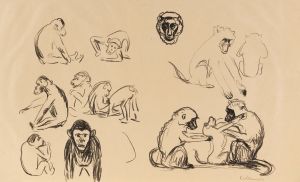
![After Vice Comes Fornication [Simpleton]](/imgs/264583/s/francisco-de-goya-after-vice-comes-fornication-simpleton-880a5769.jpg)